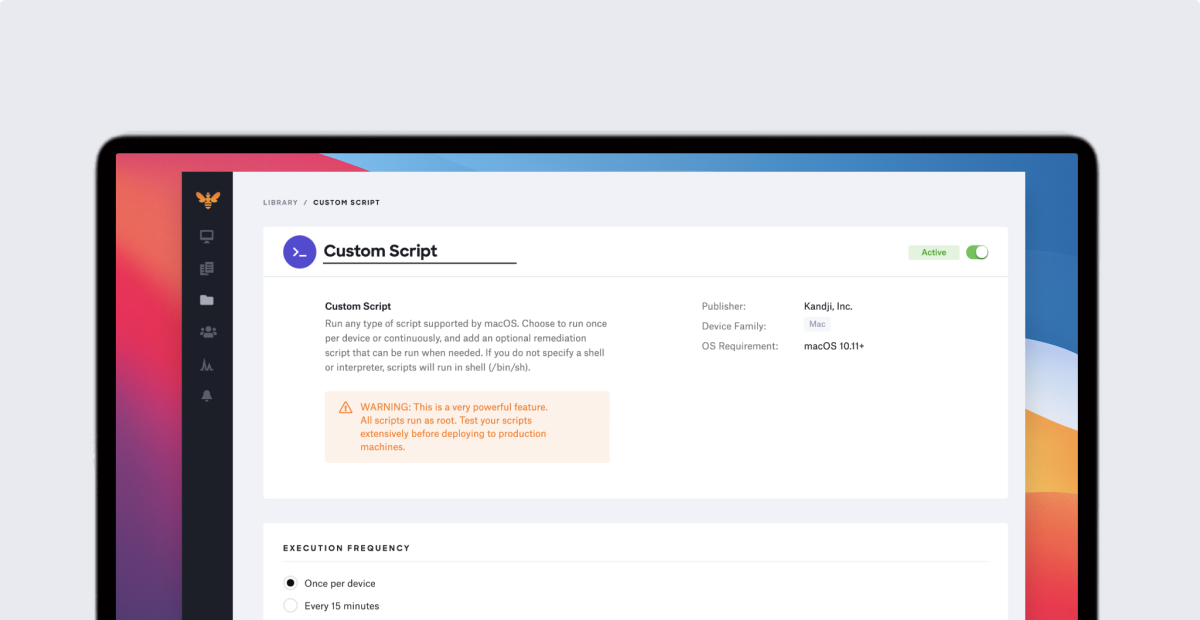You Can't Save Them All... Mac OS
Start up from macOS Recovery
Determine whether you're using a Mac with Apple silicon, then follow the appropriate steps:
If you have a permissions issue with your library, you might be able to resolve the issue by using the Photos library repair tool. If the volume isn't formatted APFS or Mac OS Extended (Journaled), or has been used for Time Machine backups but hasn't been erased, this checkbox will either not be present, or won't be selectable after unlocking. When your Mac needs care. Full disk space. You took all those great vacation pictures, but what if you can’t actually save them somewhere safe? Clean junk, duplicates, and useless apps to save gigabytes of disk space for something really special to you. Maximum speed no matter what—that’s what every Mac user expects. Dec 21, 2020 There are many cases when you may need to operate multiple macOS versions on the Mac system. In such cases, partitioning a hard drive is an ideal option as it let you divide your drive and use them all on one Mac from a different partition. Access BootCamp Partition: Sometimes, the users prefer having Mac and Windows OS both at the same time. Generally, when you click Save as, there will be a dialog box for you to change the file name and the save location. If your Mac is managed by an IT department, have them install updates. Install Mac OS X updates first: To get Mac OS updates, go to the App store on your dock, and then click the Updates button to reveal available updates.
Apple silicon
Turn on your Mac and continue to press and hold the power button until you see the startup options window. Click the gear icon labeled Options, then click Continue.
Intel processor
Make sure that your Mac has a connection to the internet. Then turn on your Mac and immediately press and hold Command (⌘)-R until you see an Apple logo or other image.
If you're asked to select a user you know the password for, select the user, click Next, then enter their administrator password.
Reinstall macOS
Select Reinstall macOS from the utilities window in macOS Recovery, then click Continue and follow the onscreen instructions.
Follow these guidelines during installation:
- If the installer asks to unlock your disk, enter the password you use to log in to your Mac.
- If the installer doesn't see your disk, or it says that it can't install on your computer or volume, you might need to erase your disk first.
- If the installer offers you the choice between installing on Macintosh HD or Macintosh HD - Data, choose Macintosh HD.
- Allow installation to complete without putting your Mac to sleep or closing its lid. Your Mac might restart and show a progress bar several times, and the screen might be empty for minutes at a time.
After installation is complete, your Mac might restart to a setup assistant. If you're selling, trading in, or giving away your Mac, press Command-Q to quit the assistant without completing setup. Then click Shut Down. When the new owner starts up the Mac, they can use their own information to complete setup.
Other macOS installation options
You Can't Save Them All.. Mac Os Download
When you install macOS from Recovery, you get the current version of the most recently installed macOS, with some exceptions:
- On an Intel-based Mac: If you use Shift-Option-Command-R during startup, you're offered the macOS that came with your Mac, or the closest version still available. If you use Option-Command-R during startup, in most cases you're offered the latest macOS that is compatible with your Mac. Otherwise you're offered the macOS that came with your Mac, or the closest version still available.
- If the Mac logic board was just replaced, you may be offered only the latest macOS that is compatible with your Mac. If you just erased your entire startup disk, you may be offered only the macOS that came with your Mac, or the closest version still available.
You Can't Save Them All.. Mac Os 7
You can also use these methods to install macOS, if the macOS is compatible with your Mac:

- Use the App Store to download and install the latest macOS.
- Use the App Store or a web browser to download and install an earlier macOS.
- Use a USB flash drive or other secondary volume to create a bootable installer.